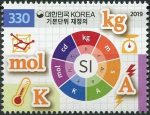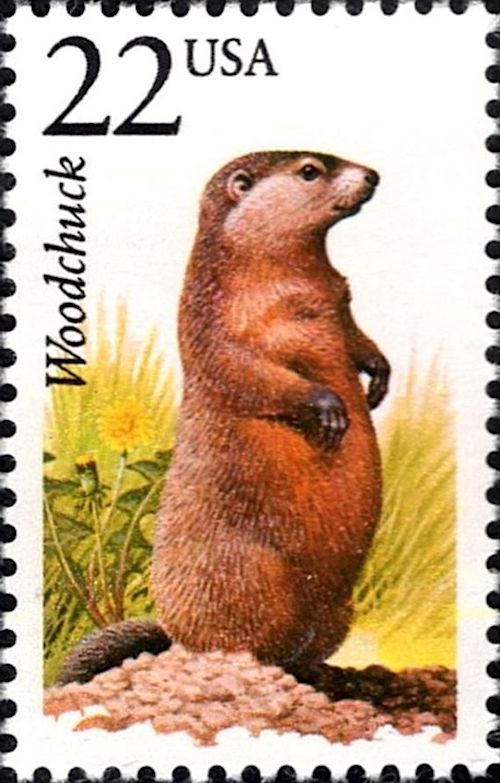Teach your homeschool high-schoolers a small narrative masterpiece this week from the American poet Delmore Schwartz (1913–1966) — it’s our homeschool poem-of-the-week for the second week of April.
Calmly We Walk Through This April’s Day
Calmly we walk through this April’s day,
Metropolitan poetry here and there,
In the park sit pauper and rentier,
The screaming children, the motor-car
Fugitive about us, running away,
Between the worker and the millionaire
Number provides all distances,
It is Nineteen Thirty-Seven now,
Many great dears are taken away,
What will become of you and me
(This is the school in which we learn…)
Besides the photo and the memory?
(…that time is the fire in which we burn.)(This is the school in which we learn…)
What is the self amid this blaze?
What am I now that I was then
Which I shall suffer and act again,
The theodicy I wrote in my high school days
Restored all life from infancy,
The children shouting are bright as they run
(This is the school in which they learn…)
Ravished entirely in their passing play!
(…that time is the fire in which they burn.)Avid its rush, that reeling blaze!
Where is my father and Eleanor?
Not where are they now, dead seven years,
But what they were then?
No more? No more?
From Nineteen-Fourteen to the present day,
Bert Spira and Rhoda consume, consume
Not where they are now (where are they now?)
But what they were then, both beautiful;Each minute bursts in the burning room,
The great globe reels in the solar fire,
Spinning the trivial and unique away.
(How all things flash! How all things flare!)
What am I now that I was then?
May memory restore again and again
The smallest color of the smallest day:
Time is the school in which we learn,
Time is the fire in which we burn.
This is a philosophical poem about the passage of time. The narrator is walking through a city park in the spring of 1937 (he tells us the year), with children racing around, cars rushing past, a poor person on one bench, a wealthy person on another — “Metropolitan poetry here and there” — and he is remembering specific people he knew who are now gone. And he asks: “What will become of you and me / Besides the photo and the memory?”
![[Delmore Schwartz]](https://riverhouses.org/wp-content/uploads/2024/04/delmore-schwartz-1-1024x682.jpeg)
When you introduce your students to a modern poem that may be somewhat difficult, make sure they don’t worry about “getting” everything right away. Encourage them to think of the poem as a clever new friend: have a conversation, spend a little time getting acquainted, learn one or two interesting things, and then plan to meet again some other April day to get to know each other better still.
“Calmly We Walk Through This April’s Day” isn’t structured in a traditional way with a fixed meter — it’s arranged more like a piece of music, with repeating sounds and phrases that are varied each time they appear. And even though it doesn’t rhyme throughout, it does have a lot of rhyme and near-rhyme to discover. There are quite a few y-sounds on the line-endings in the first stanza, for example: day, rentier, away, away, memory. (There is enough of a rhyming pattern for you to see that the French word rentier, a wealthy landlord, is pronounced rent-i-ay.)
Note in particular how Schwartz slightly varies the poem’s two key repeating lines so they are familiar but not monotonous, like a repeating motif that weaves in and out through a piece of music: “This is the school in which we learn,” “This is the school in which they learn,” “Time is the school in which we learn.” And then these two rhyming lines that were initially separated (and given tentatively in parentheses) finally come together at the end in a famous couplet: “Time is the school in which we learn, / Time is the fire in which we burn.” The fact that the poem as a whole does not have a regular rhyming pattern gives this strongly rhymed couplet at the end an extra punch.
Don’t miss the opportunity to send your students to your family dictionary to investigate some lovely vocabulary this week: metropolitan, pauper, rentier, fugitive (as an adjective), theodicy, avid, reeling — wonderful words, every one.
And if while studying this poem you’re worried that your students might be wasting time with ephemeral modern literature that will soon be forgotten (“How all things flash! How all things flare!”), be assured that “Calmly We Walk Through This April’s Day” will still be remembered centuries from now, in federations unborn, on planets yet unknown.
What wonderful words and poetical productions have you and your students been examining in your homeschool this Leo Term? 😊
❡ Time is the school in which we learn: If a special line or turn of phrase happens to strike you in one of our weekly poems, just copy it onto your homeschool bulletin board for a few days and invite your students to speak it aloud — that’s all it takes to begin a new poetical friendship and learn a few lovely words that will stay with you for life. ☀️
❡ Nature’s bonfire burns on: If you have high schoolers in your home academy, one of the best ways to get them to think critically about literature is to have them compare and contrast different works on similar themes. After they’ve talked with you for a while about “Calmly We Walk,” send them off to read Gerard Manley Hopkins’ (famously difficult) religious masterpiece “That Nature is a Heraclitean Fire and of the Comfort of the Resurrection.” Did Schwartz have Hopkins in mind when he was writing his poem? I haven’t researched the history, but I bet he did. How would Hopkins respond to Schwartz’s question, “What will become of you and me / Besides the photo and the memory?” 🔍
❡ Literary lives: The website of the Poetry Foundation includes biographical notes and examples of the work of many important poets (including Delmore Schwartz) that are suitable for high school students and homeschool teachers. ✒️
❡ This is a printable lesson: Down at the bottom of this post you’ll find a custom “Print” button that will let you create a neat and easy-to-read copy of this little lesson, and it will even let you resize or delete elements that you may not want or need (such as images or footnotes). Give it a try today! 🖨
❡ Here, said the year: This post is one of our regular homeschool poems-of-the-week. Print your own River Houses Poetry Calendar to follow along with us as we visit fifty of our favorite friends over the course of the year, and add your name to our River Houses mailing list to get posts like these delivered right to your mailbox every week. 📫
❡ Homeschool calendars: We have a whole collection of free, printable, educational homeschool calendars and planners available on our main River Houses calendar page. They will help you create a light and easy structure for your homeschool year. Give them a try today! 🗓
❡ Support our work: If you enjoy our educational materials, please support us by starting your regular Amazon shopping from our very own homeschool teaching supplies page. When you click through from our page, any purchase you make earns us a small commission at no extra cost to you. Thank you for helping us to keep going and growing! 🛒
❡ Join us! The aim of the River Houses project is to create a network of friendly local homeschool support groups — local chapters that we call “Houses.” Our first at-large chapter, Headwaters House, is now forming and is open to homeschoolers everywhere. Find out how to become one of our founding members on the Headwaters House membership page. 🏡




